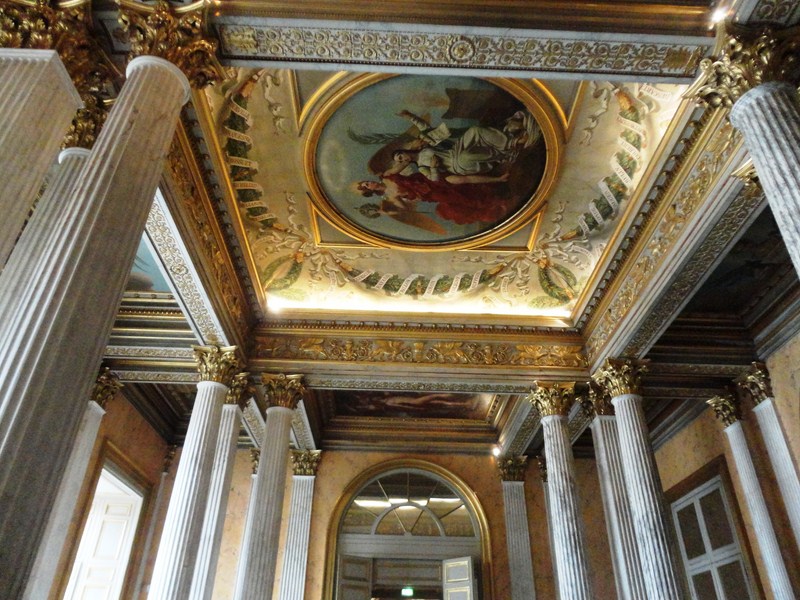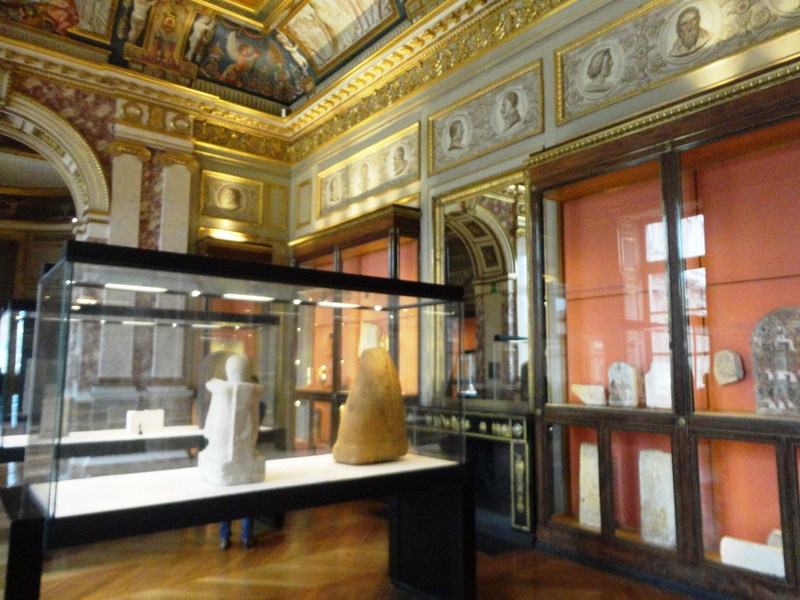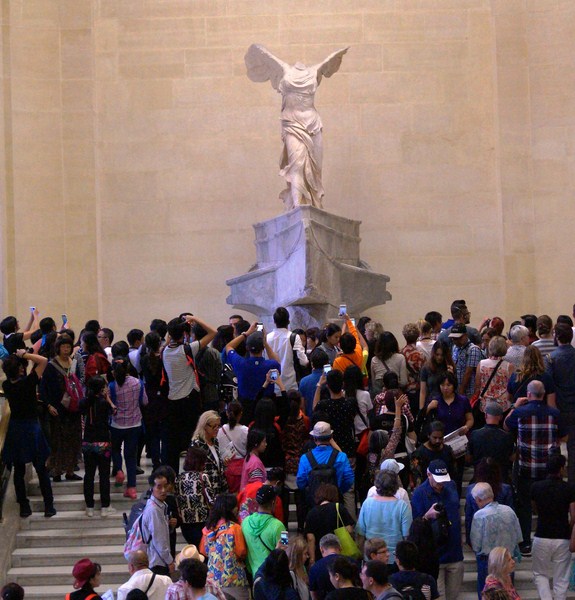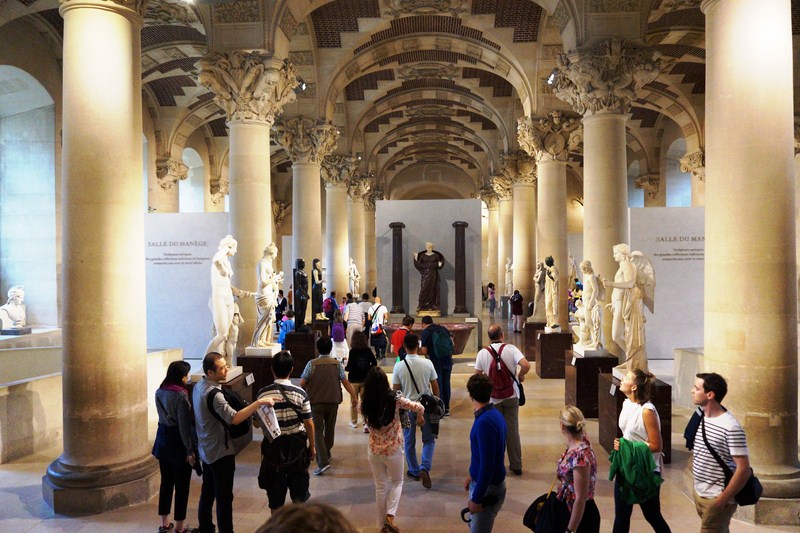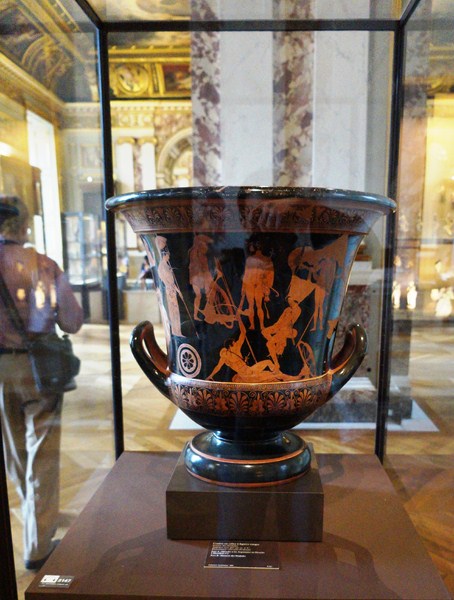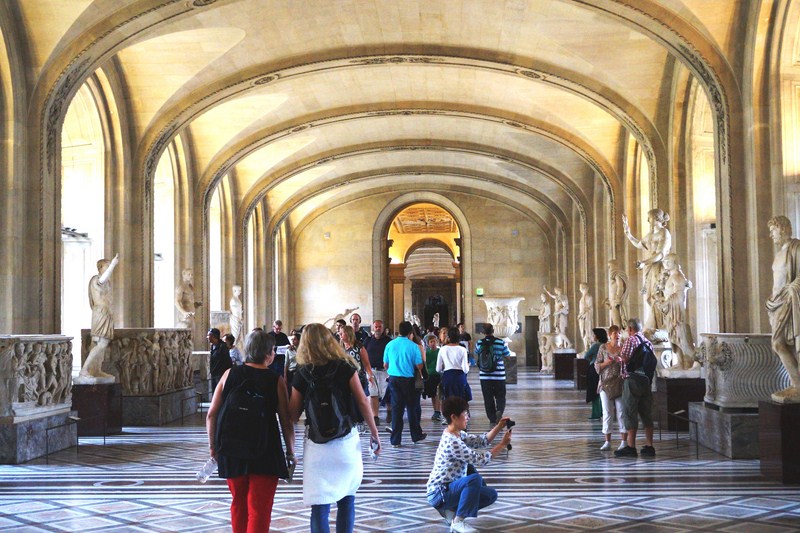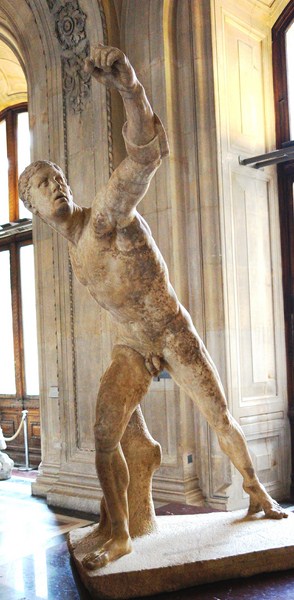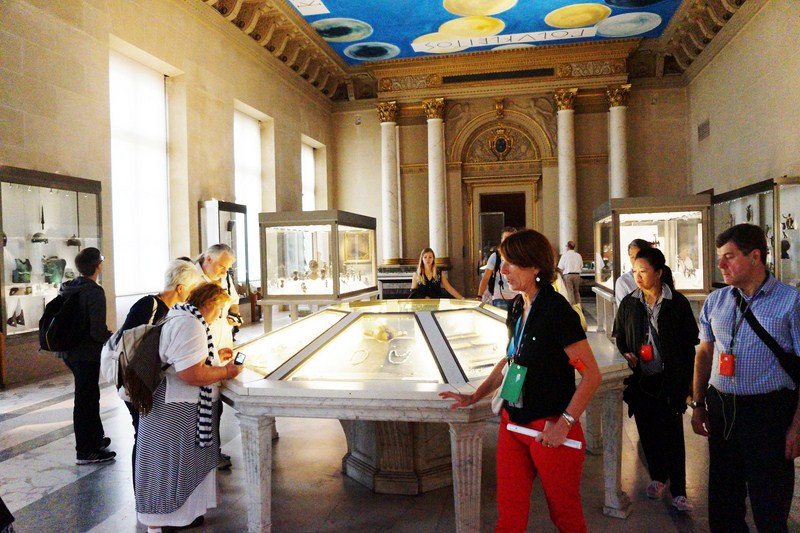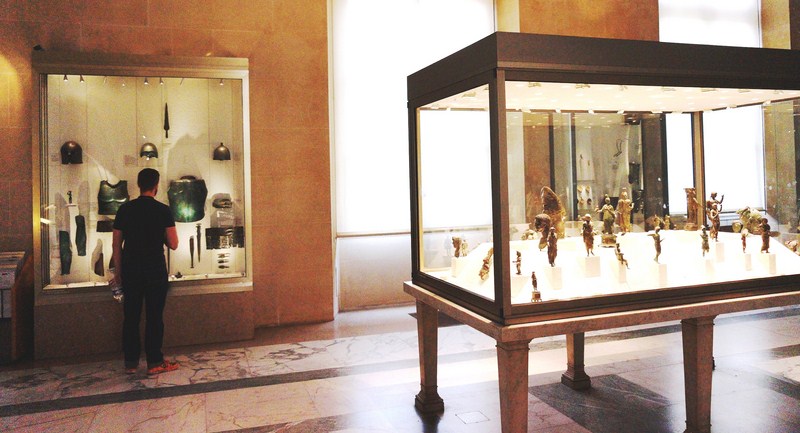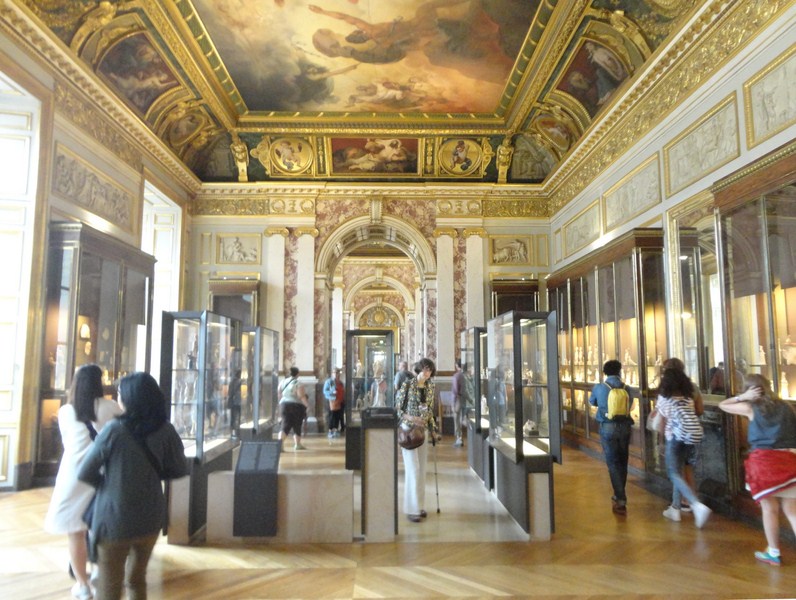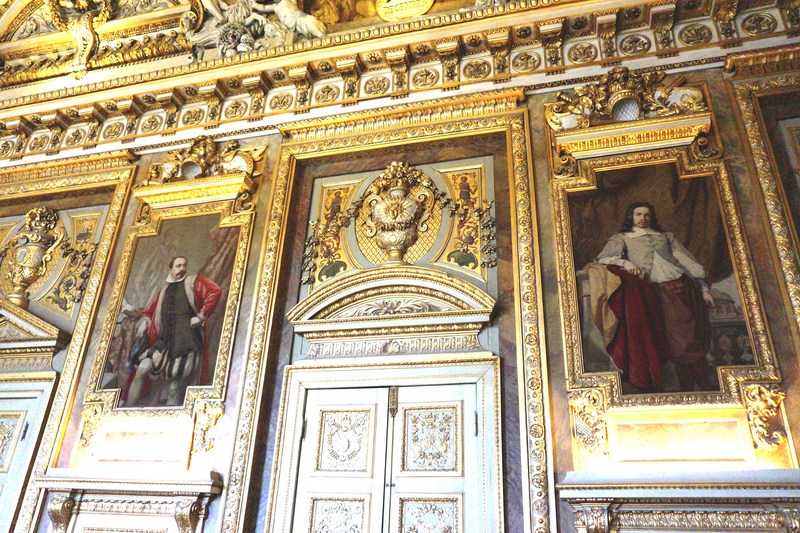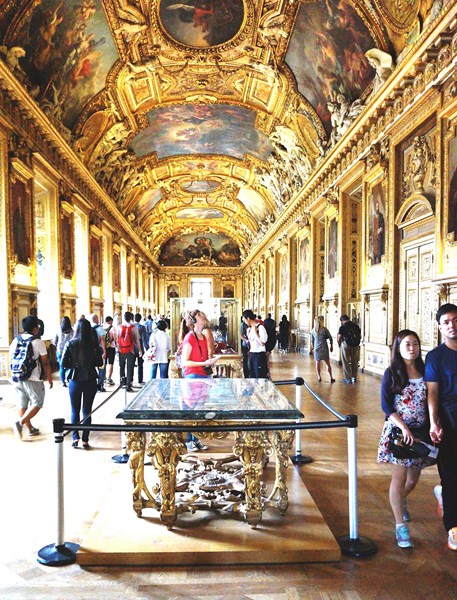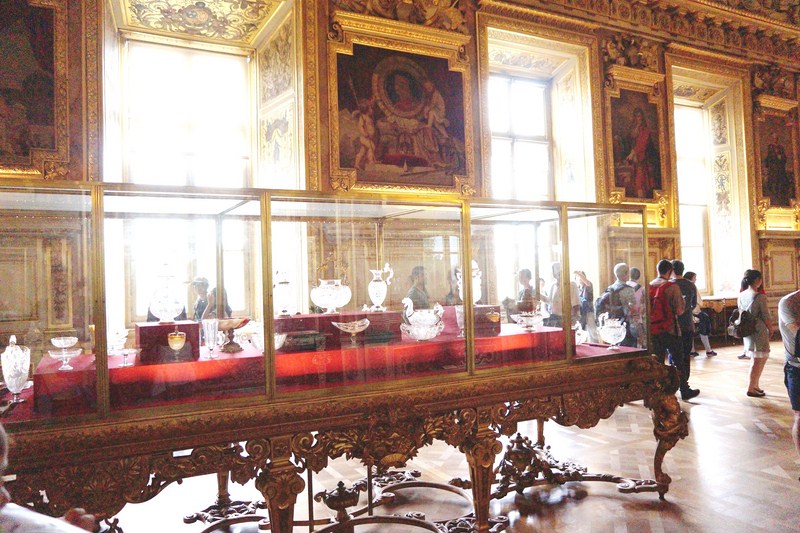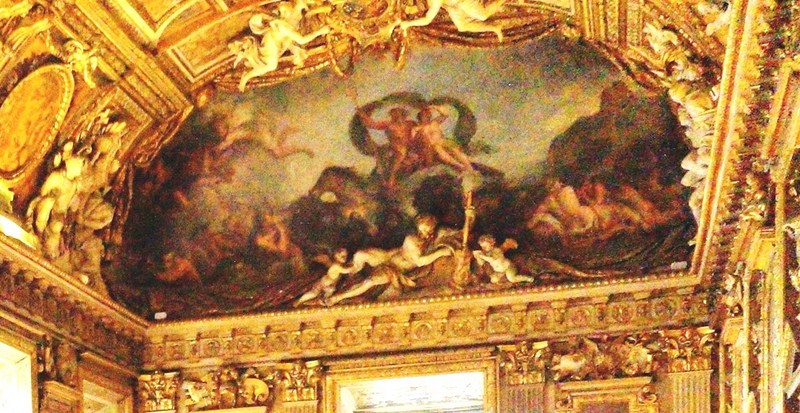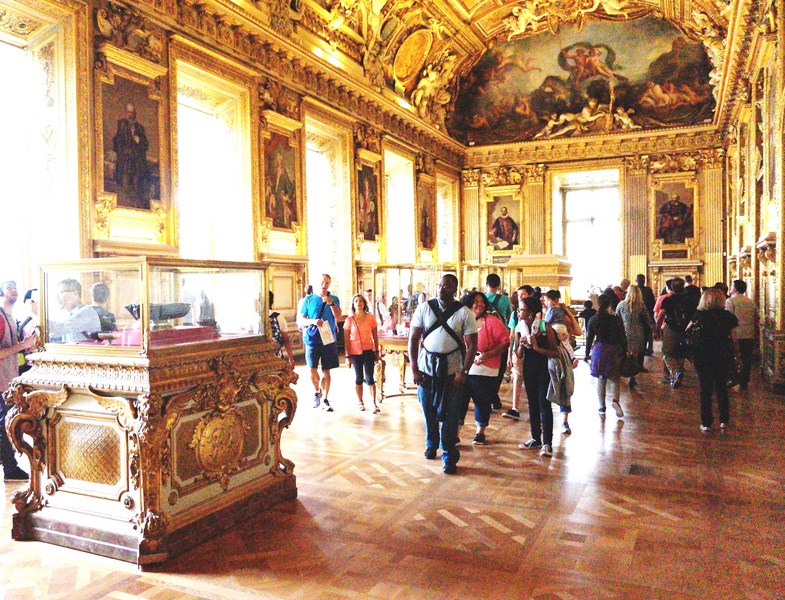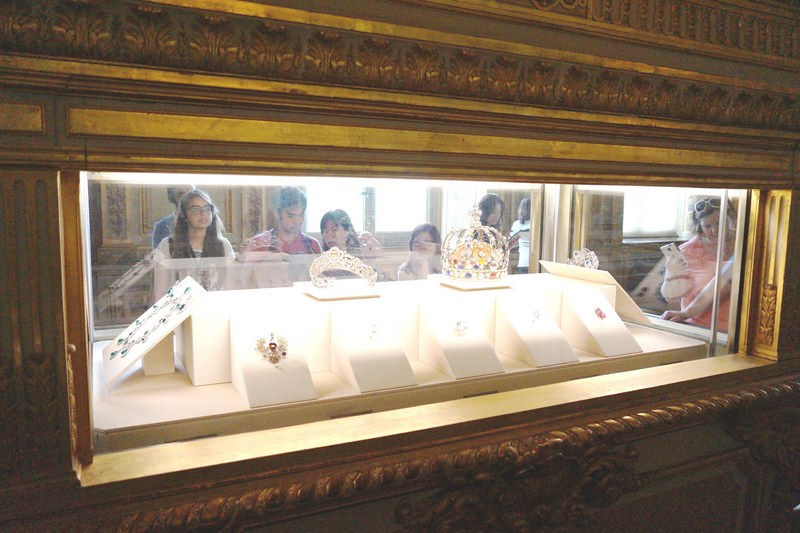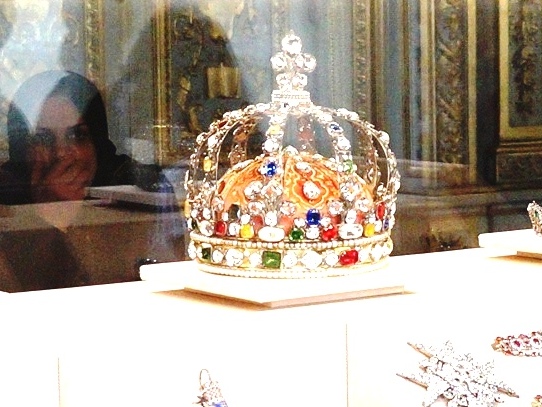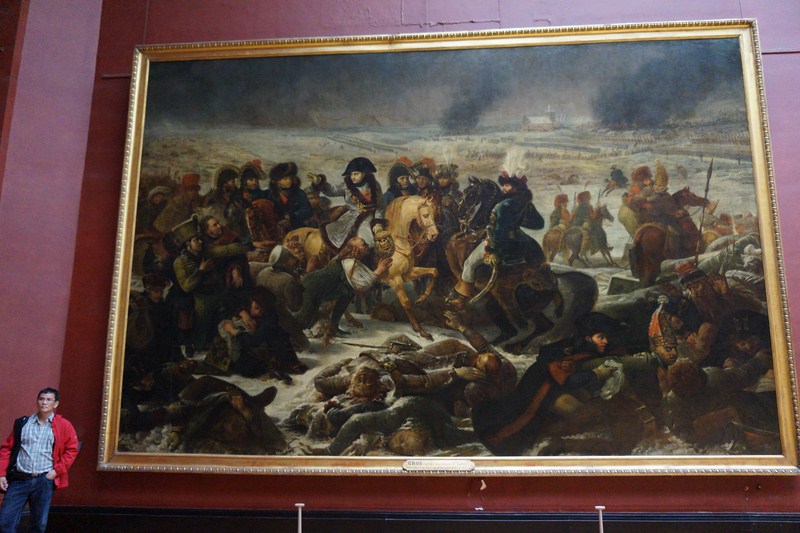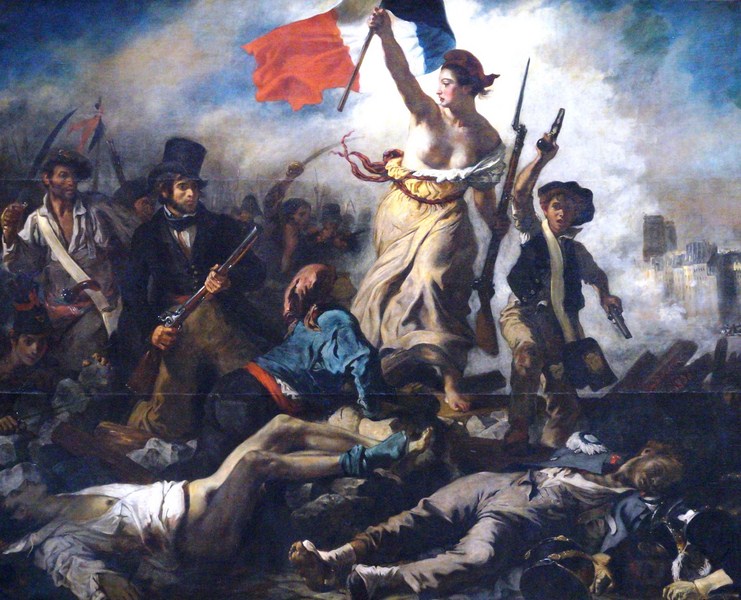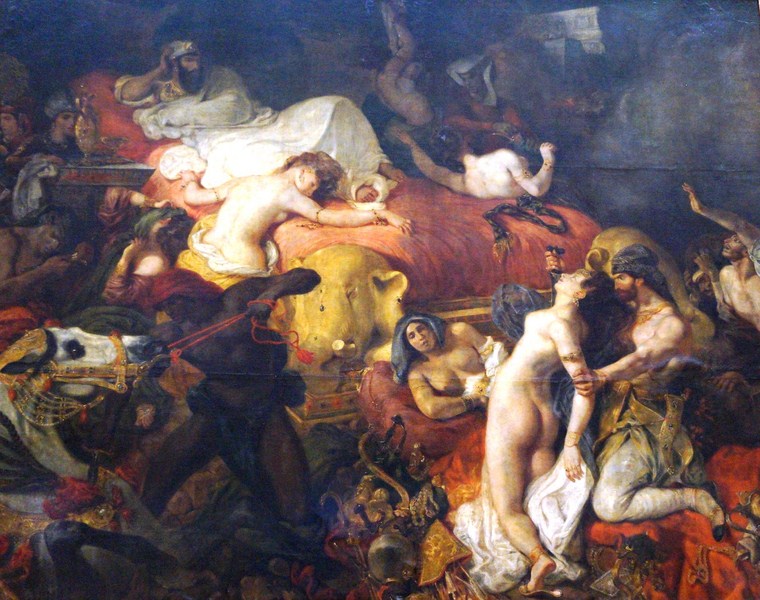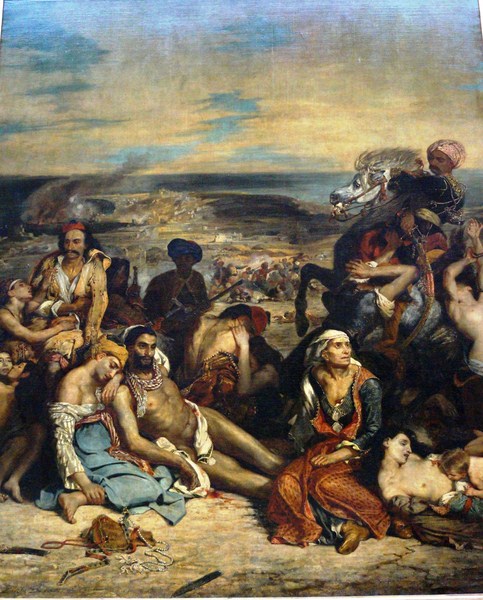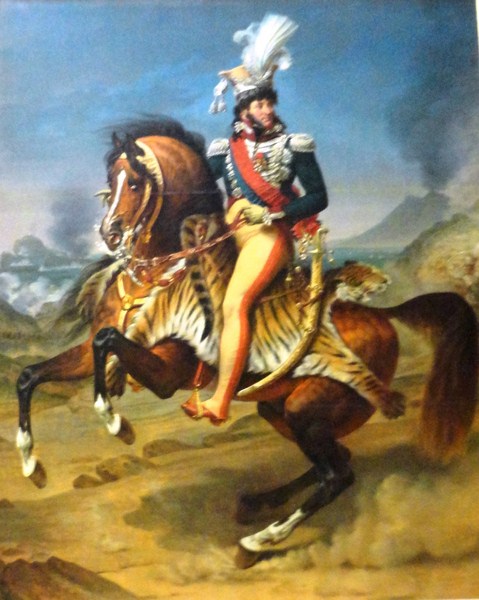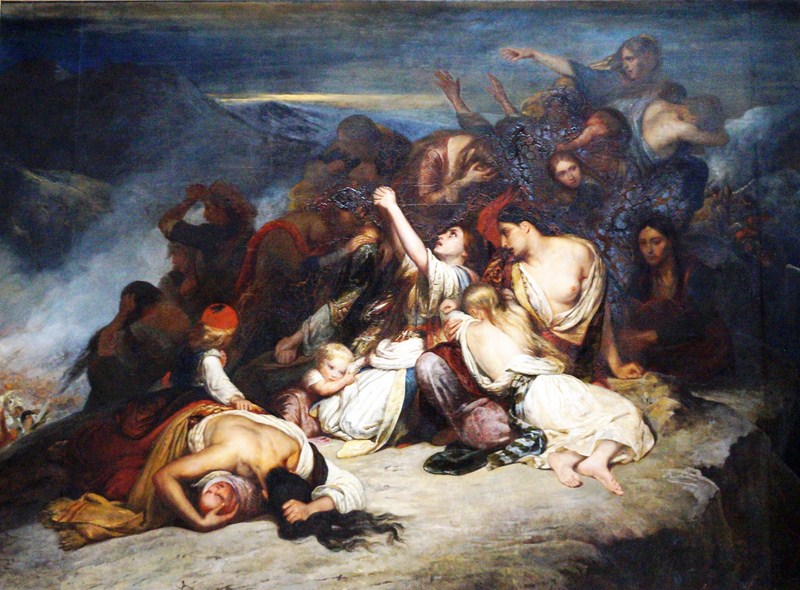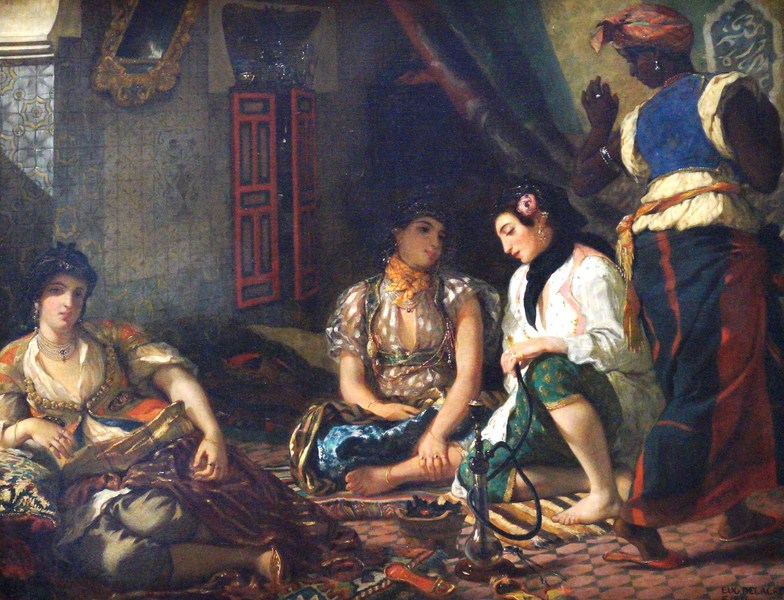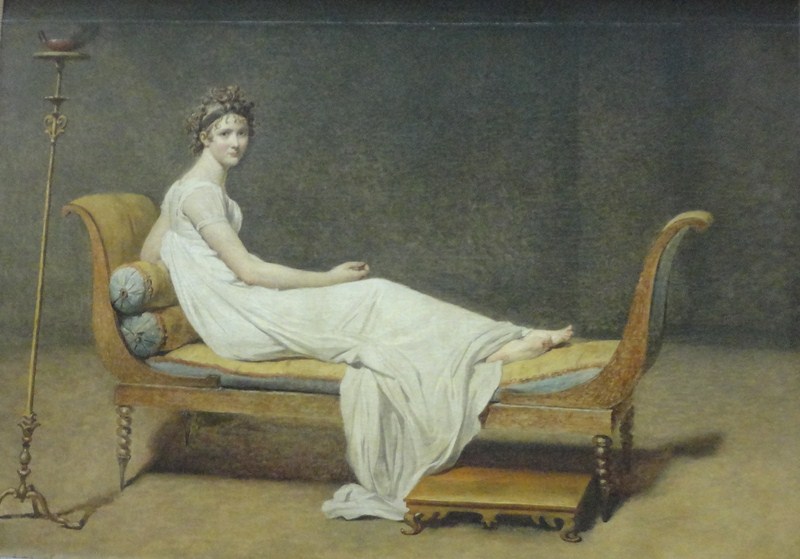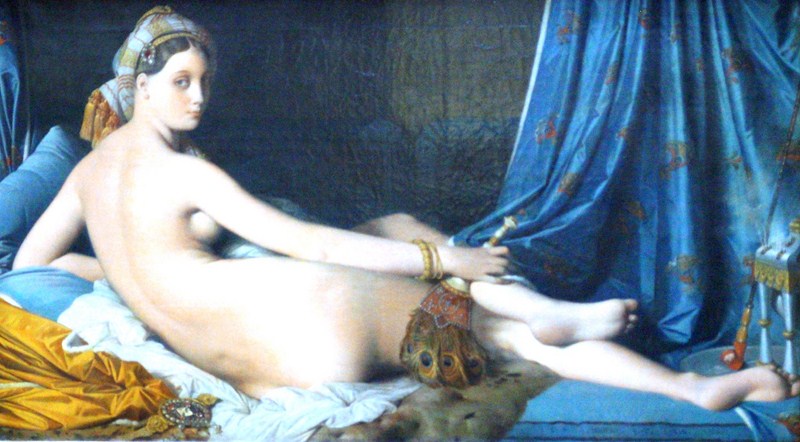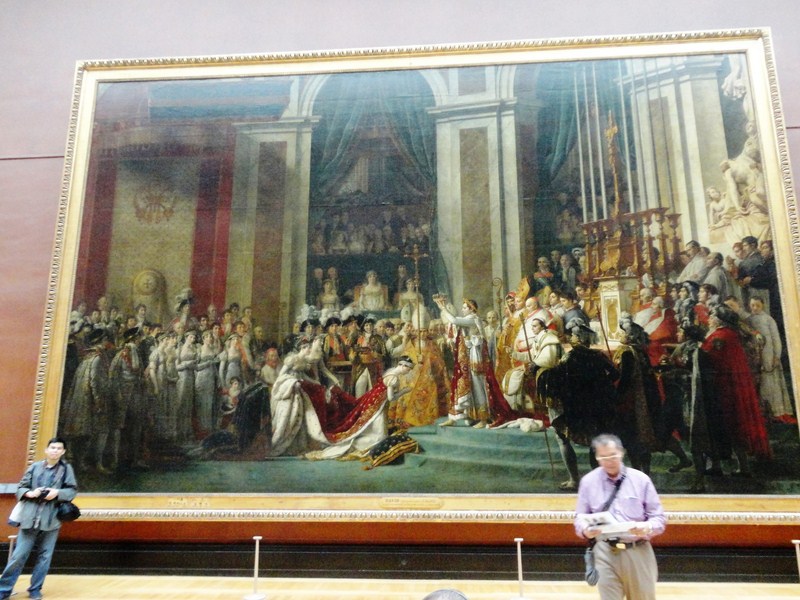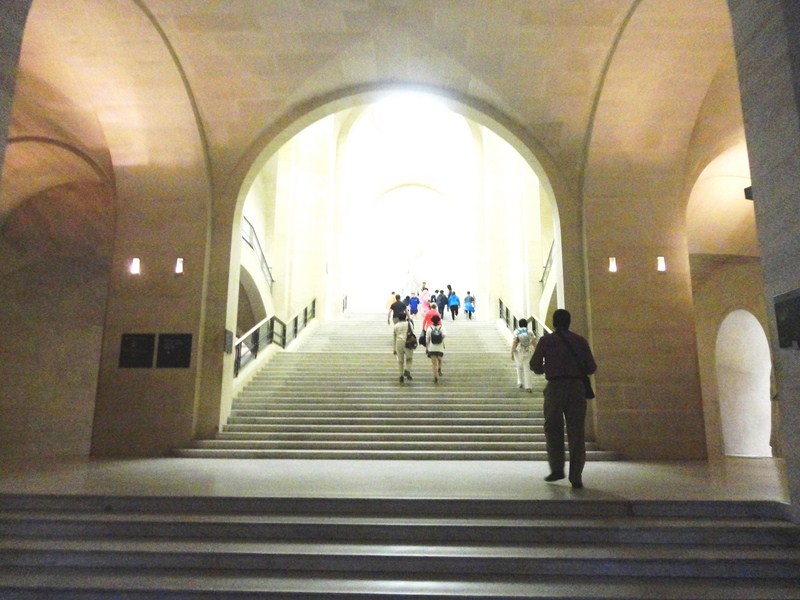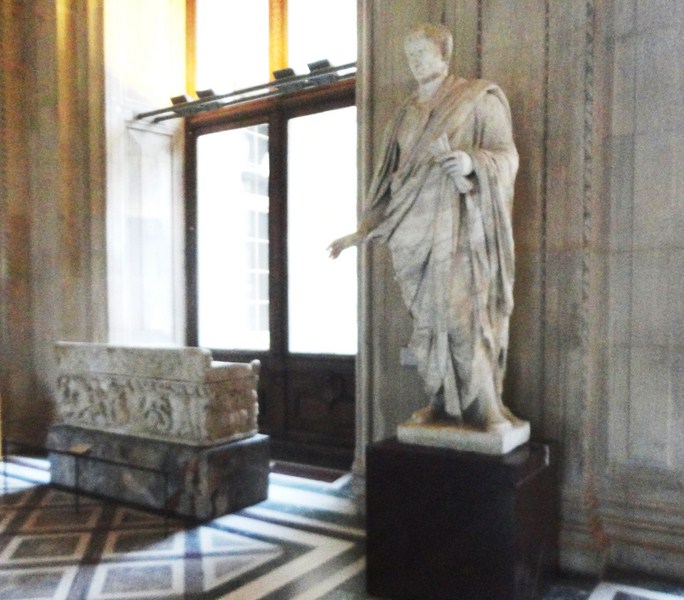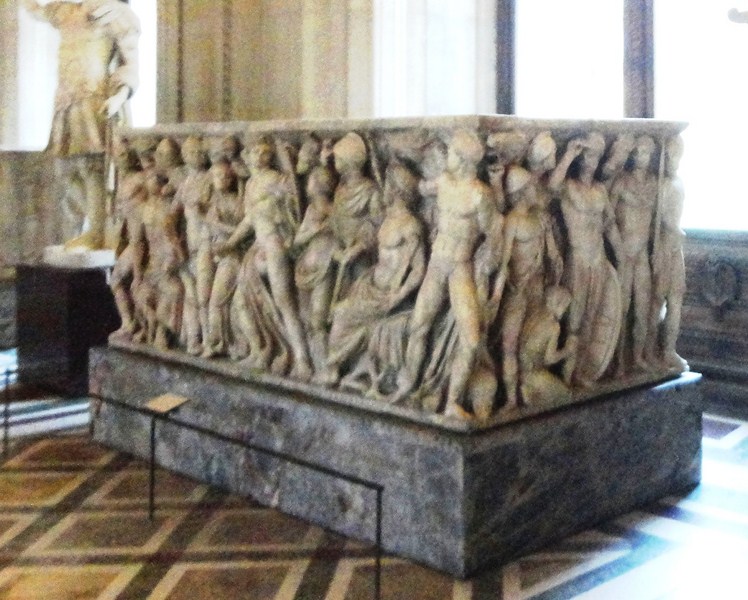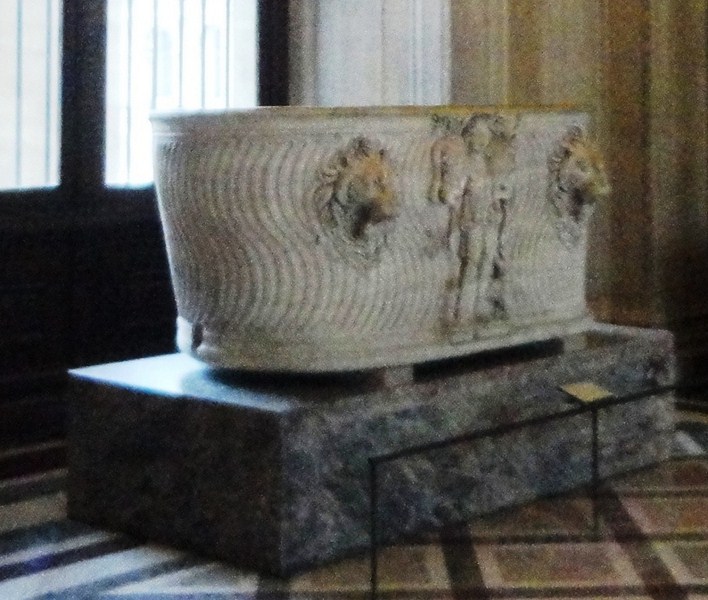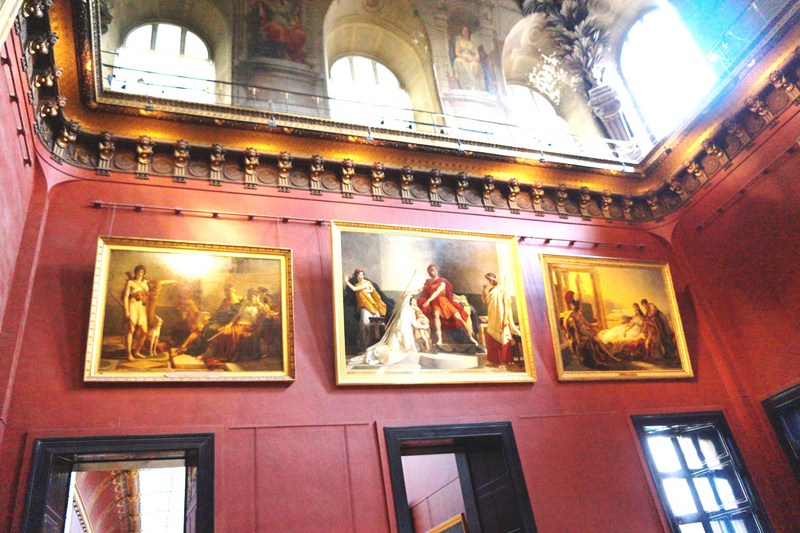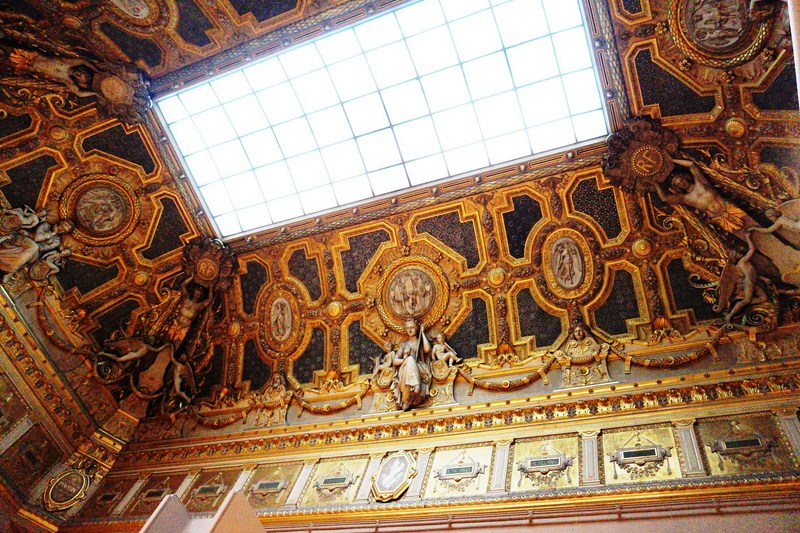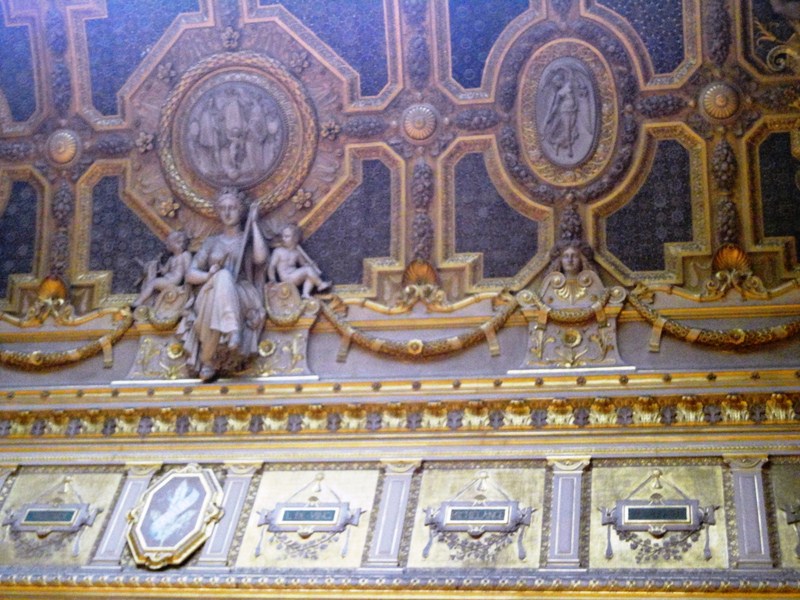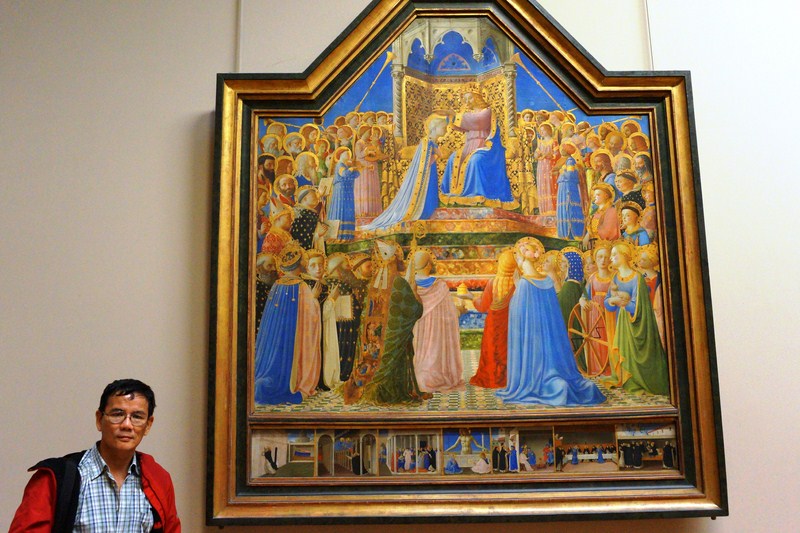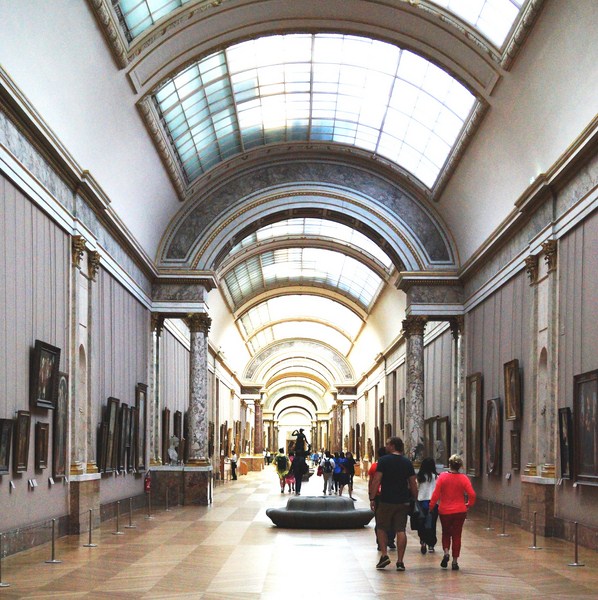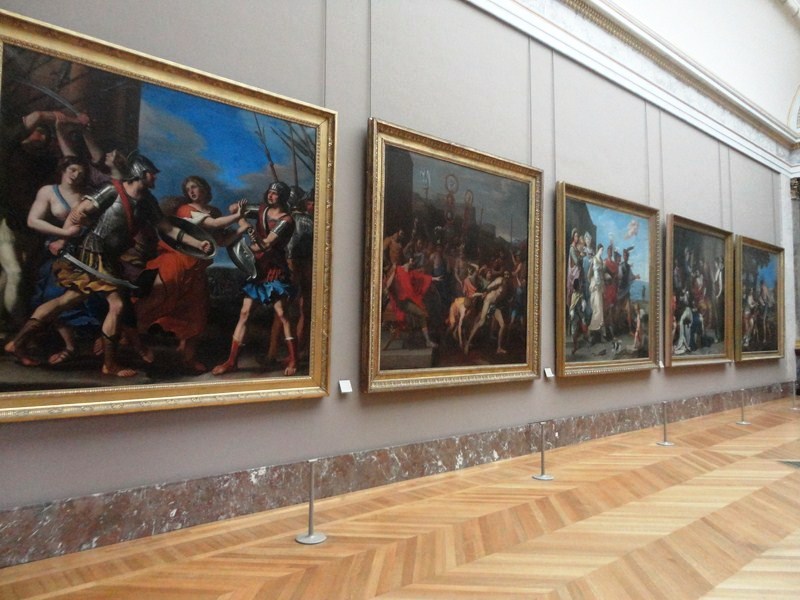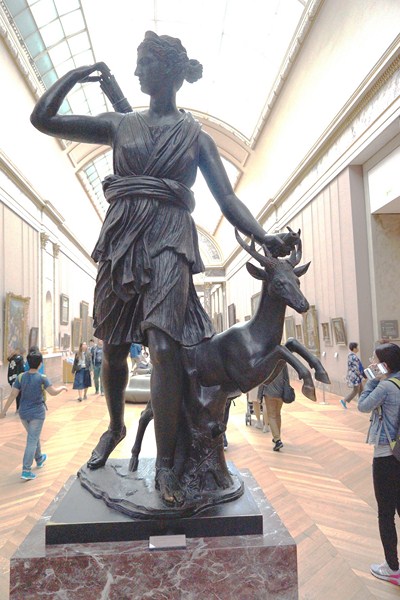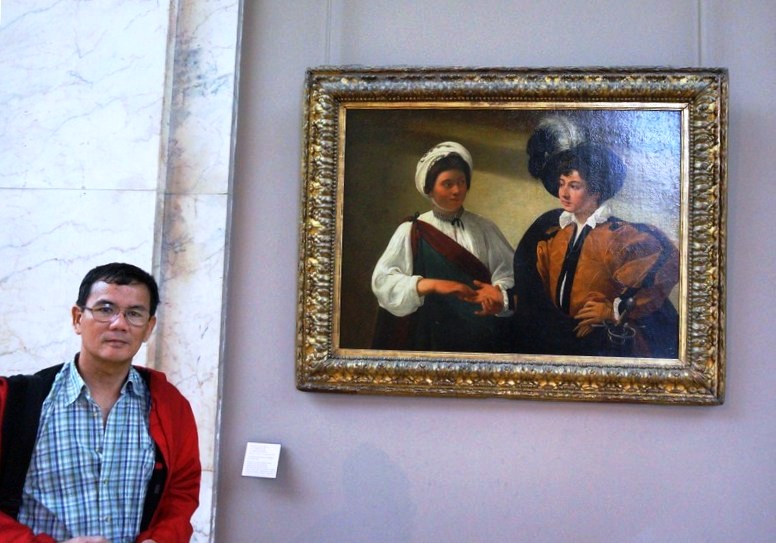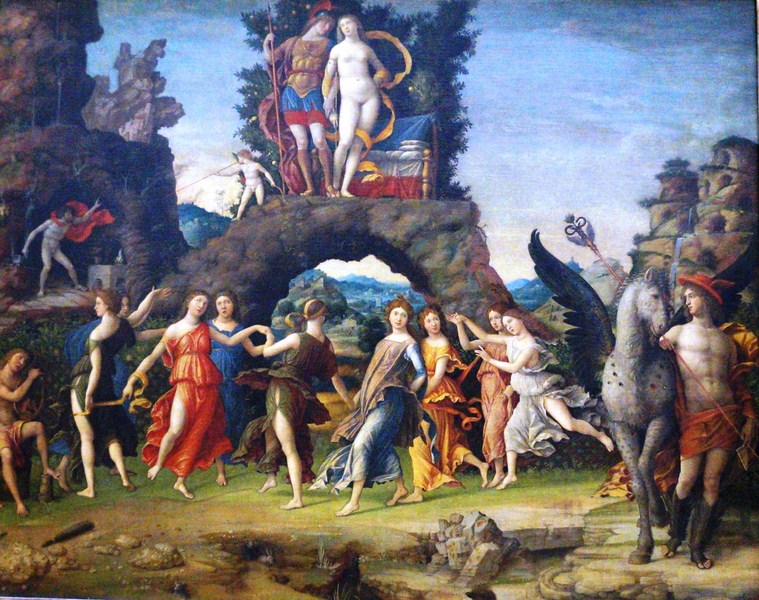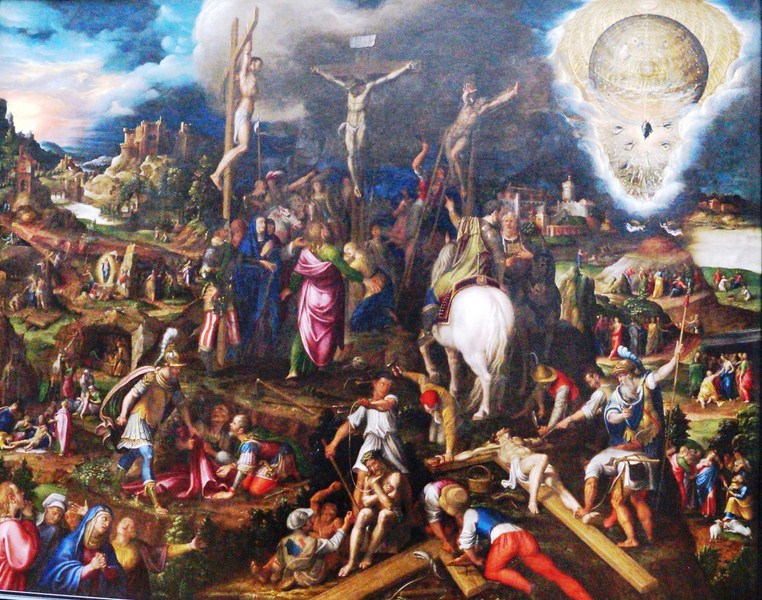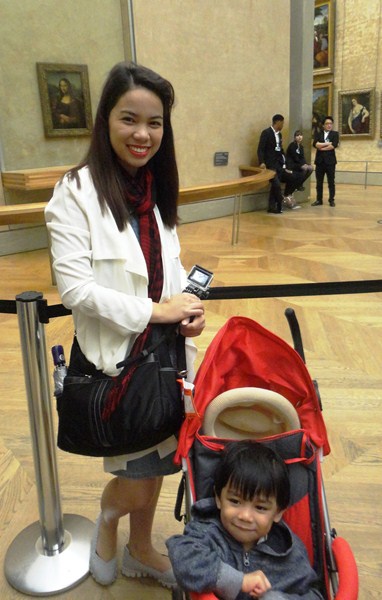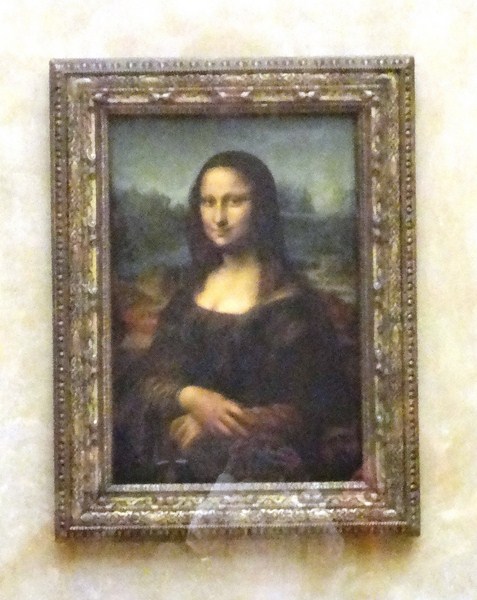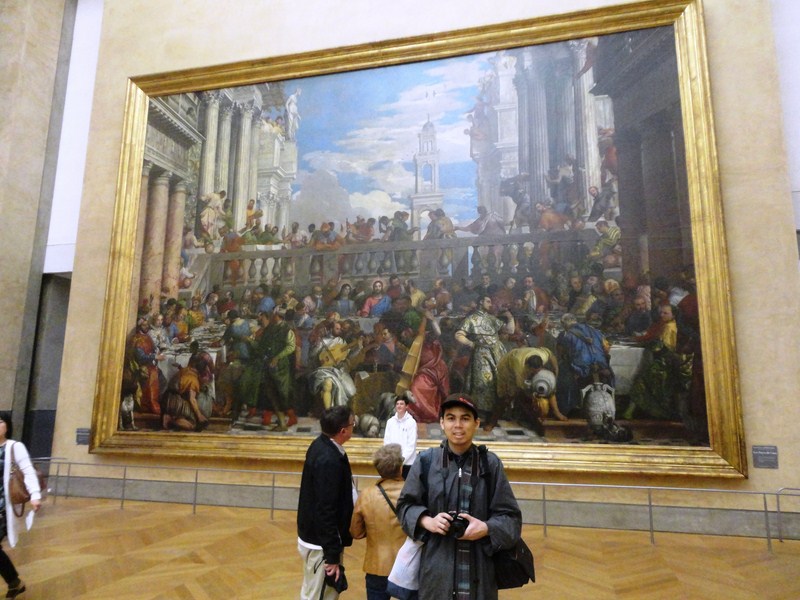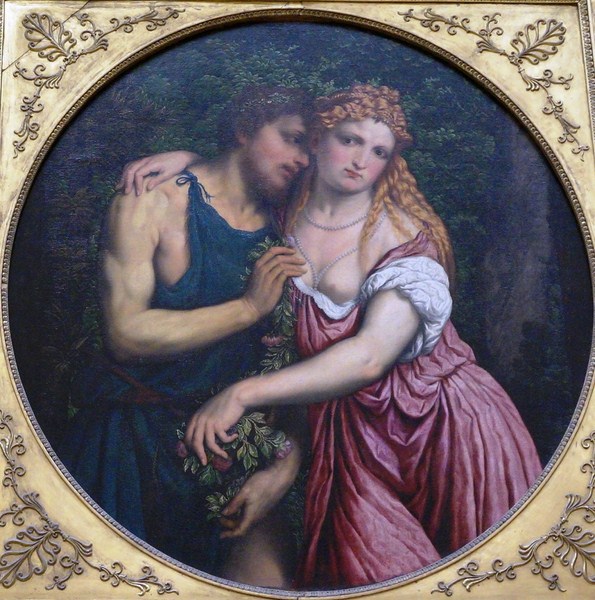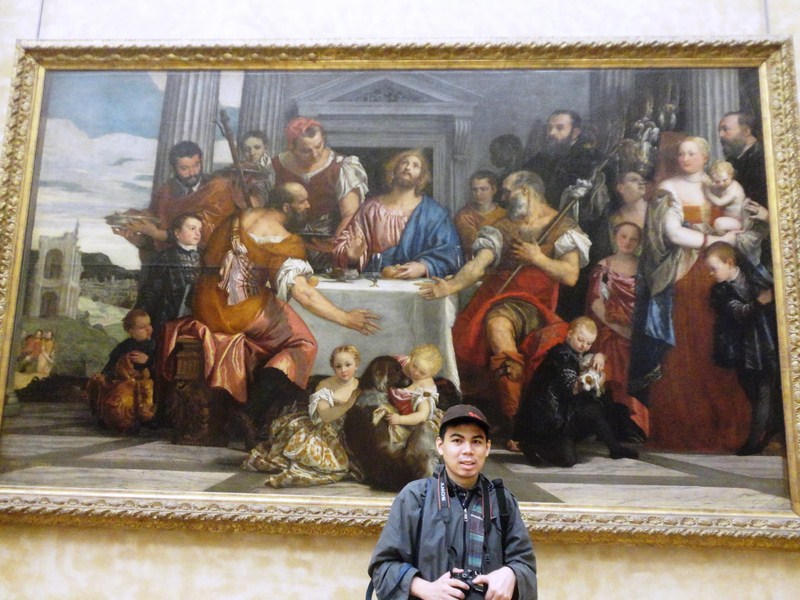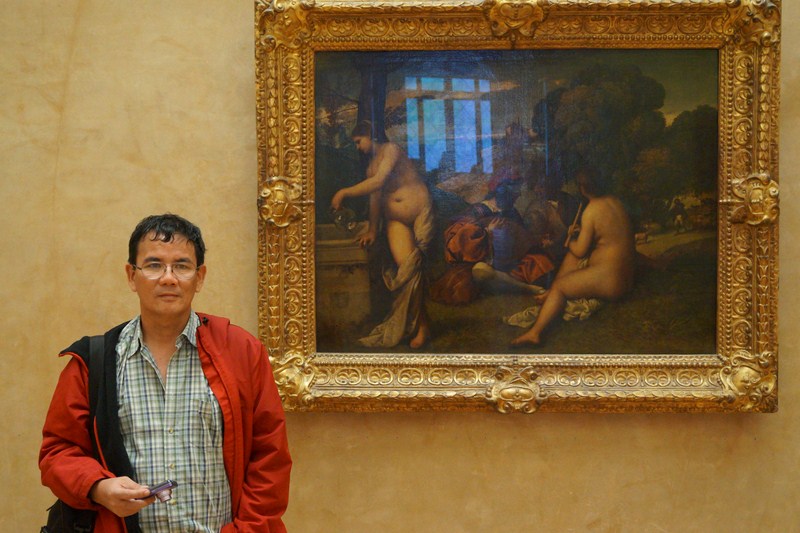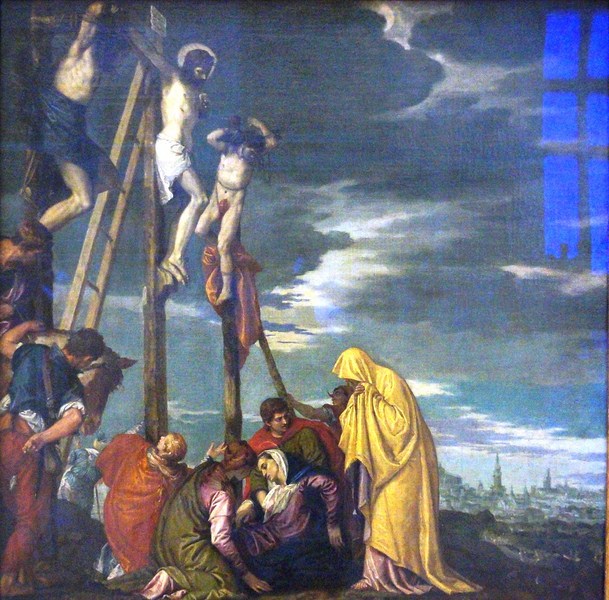The Charles X Museum (Musee Charles X), located in a series of 9 inner rooms on the first floor (not the ground floor, but one flight up) of the southeast wing of the Cour Carrée, first housed the apartments of the reigning queen, next to the king’s pavilion. The western part is located in the wing built by Pierre Lescot, while the eastern part was built by Louis Le Vau.
Check out “Louvre Museum“
After the king left for the Palace of Versailles, the Academy of Architecture occupied this wing but, after the Revolution, the entire wing was used as housing and workshops for artists. Under Napoleon I, the development of this space, began by the architect Fontaine, was completed in 1819. It had 4 rooms on each side of the Columns room located in the Arts pavilion. Between 1819 and 1827, these rooms were used for exhibitions of the products of industry and the Salon of living artists.
The increase in the collections of the Louvre museum required new exhibition spaces and King Charles X commissioned some of the leading architects (including Fontaine) and painters of his day to redesign and redecorate the suites. Each room turned out to be quite lavish and impressive, with mahogany-veneered glass cabinets (by Jacob Desmalter), a fireplace topped with a mirror and a painted ceiling whose theme recalls the country whose works are exhibited in the room. On December 15, 1827, the museum was inaugurated by King Charles X.
The exhibits have been rearranged several times since then but, today, the first four rooms of the Musée Charles X are still used to display a small part of the Louvre’s huge collection of Egyptian and Greco-Roman antiquities. During our visit to the museum, we admired the ceiling decoration and the showcases which offer a rare testimony of a 19th century museography.
Room 28, the second room of the Musée Charles X, has the ceiling painting “Pope Iulius II Orders the Works of Vatican and Saint-Peter Basilica” by Horace Vernet (1789-1863) which shows Pope Julius II ordering Bramante, Michelangelo and Raphael to build the Vatican and St. Peter’s Basilica in Rome. Its exhibits are about Egyptian princes and courtiers in the period from 1295–1069 BC.
Check out “Louvre Museum – Egyptian Antiquities Department”
In Room 29, the ceiling painting has to do with Egypt – “Egypt saved by Joseph” (L’Egypte sauvée par Joseph) by Alexandre-Denis Abel de Pujol (1785-1861). The exhibits are about the Third Middle Period of ancient Egypt, from about 1069–404 BC.. In Room 30 is Study and Genius Unveil the Antique Egypt to the Greece.(by François-Édouard Picot) while in Room 27 is The Genius of France Animates the Arts and Protects Humanity.
The crossing between Greek and Egyptian Antiquities is the Column Room of the Pavillon des Arts. On the ceiling are The Time raises Truth to the throne of Wisdom and Real Glory is supported by Virtue.
Check out “Louvre Museum – Greek, Etruscan and Roman Department”
Rooms 35 – 37 display Greek terracotta figurines. The ceiling paintings found here are The Apotheosis of Homer by Ingres (Room 35), Vesuvius Receiving from Jupiter the Fire Which Will Consume Herculanum, Pompei and Stabies (Room 36) and Nymphs of Parthenope (Napoli) Bring Far From Home Their Penates to the Banks of Seine River (Room 37). In Room 38 is Cybele protects from the Vesuvius the towns of Stabies, Herculanum and Pompei.
Louvre Museum: 75001 Paris, France. Tel: +33 1 40 20 50 50. Open daily, except Tuesdays and holidays, 9 AM- 6 PM (until 10 PM on Wednesday and Friday evenings).
The Louvre has three entrances: the main entrance at the pyramid, an entrance from the Carrousel du Louvre underground shopping mall, and an entrance at the Porte des Lions (near the western end of the Denon wing).
Admission is free, from October to March, on the first Sunday of every month. Still and video photography is permitted for private, noncommercial use only in the galleries housing the permanent collection.The use of flash or other means of artificial lighting is prohibited. Photography and filming are not permitted in the temporary exhibition galleries.
How To Get There: the Louvre can be reached via Metro lines 1 and 7, station Palais Royal – Musée du Louvre Métro or the Louvre-Rivoli stations. By bus, take No. 21, 24, 27, 39, 48, 68, 69, 72, 81, 95 as well as the touristic Paris l’Open Tour. By car, there is an underground parking reachable by Avenue du Général Lemonier, every day from 7 AM – 11 PM.

